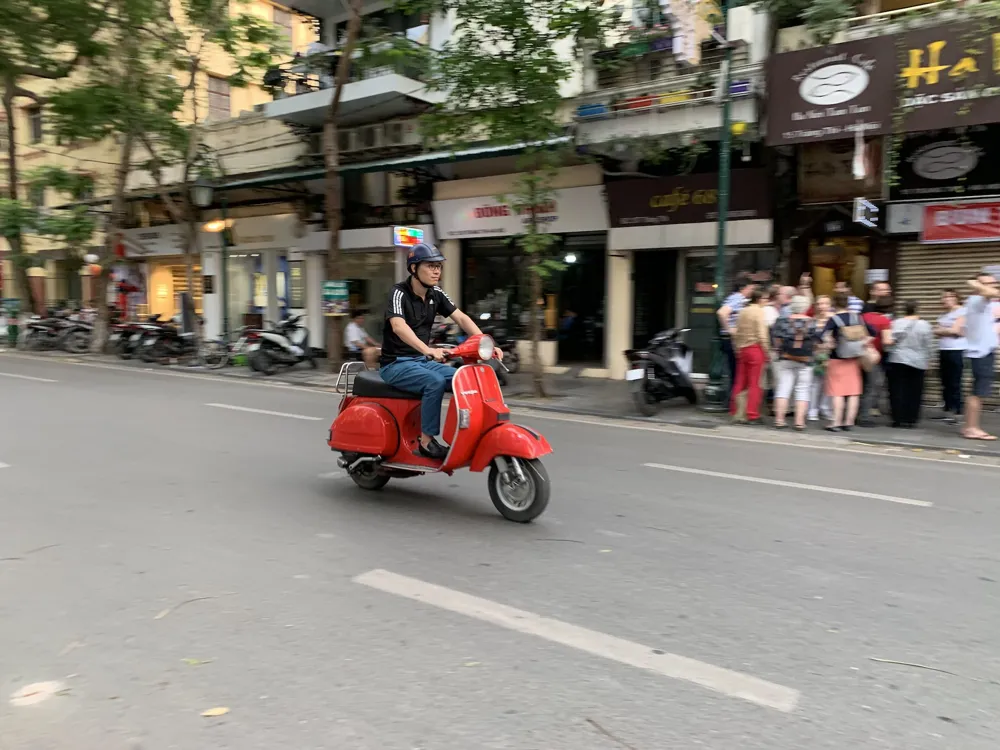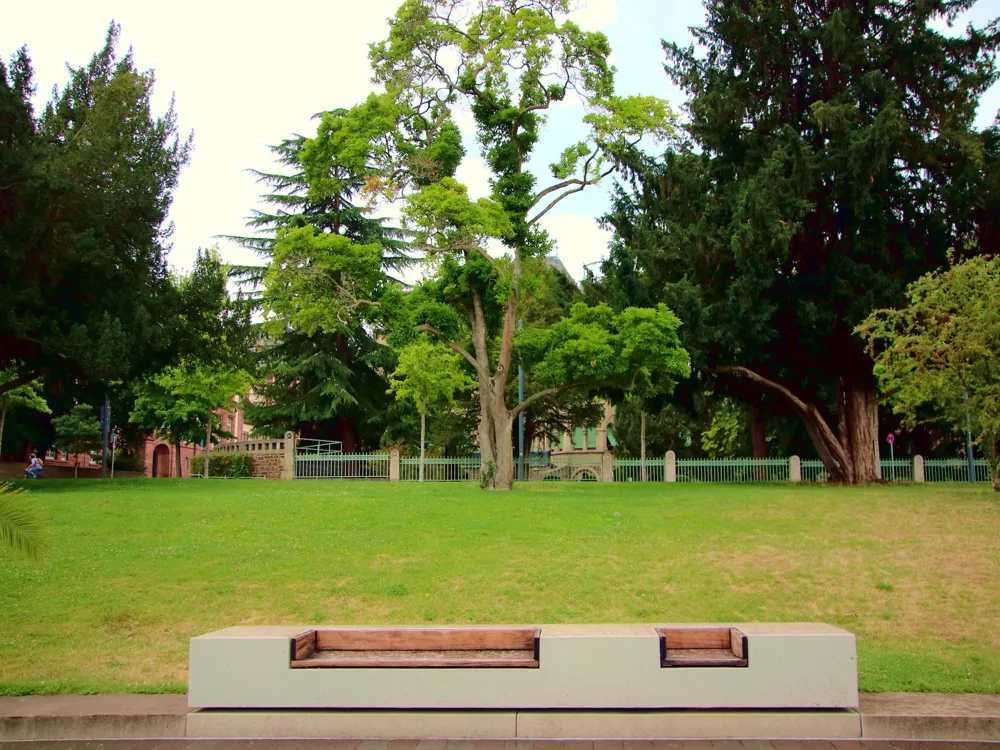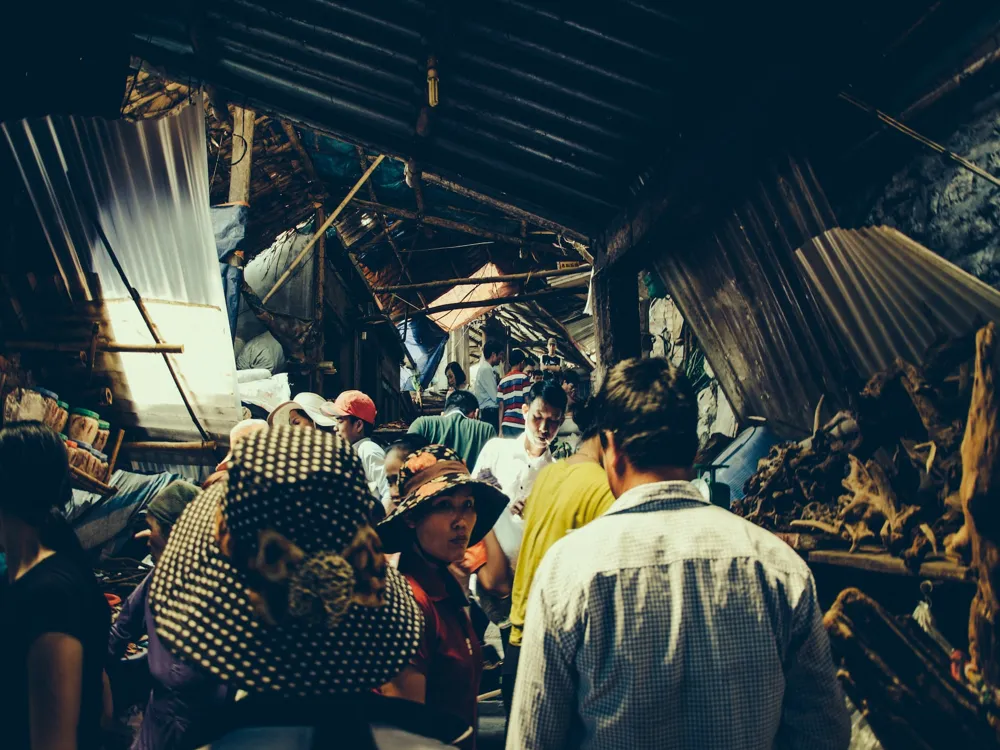Nestled in the heart of Hanoi, the Duong Lam Ancient Village is a remarkable testament to Vietnam's rich history and cultural heritage. This enchanting village, dating back over a thousand years, offers a unique glimpse into the traditional Vietnamese way of life. As you step into Duong Lam, you are transported back in time, surrounded by well-preserved ancient houses, serene temples, and rustic beauty that echo the tales of a bygone era.
The village's history is intertwined with the stories of two Vietnamese kings, Phung Hung and Ngo Quyen, adding a layer of historical significance. The rustic alleys, old banyan trees, and the communal well in the heart of the village are not just scenic, but they are symbolic relics that have witnessed the village's transformation through centuries. The unique atmosphere of Duong Lam is further enhanced by its warm and hospitable residents, who maintain their ancestral ways and warmly welcome visitors, offering an authentic experience of traditional Vietnamese life.
As you explore Duong Lam, you'll find yourself captivated by its architectural charm, cultural richness, and the tranquility that pervades its narrow lanes. Whether you're a history buff, a cultural enthusiast, or simply in search of a peaceful escape from the bustling city life, Duong Lam Ancient Village promises an unforgettable journey into the heart of Vietnam's heritage.
The architecture of Duong Lam Ancient Village is a harmonious blend of history and art, showcasing the skill and ingenuity of Vietnamese craftsmen through the ages. The village is renowned for its well-preserved ancient houses, which are mainly constructed from laterite and mud, two materials that are abundant in the region. These houses are characterized by their thick walls, wooden frames, and traditional tile roofs, creating a distinctive rustic charm.
One of the most notable architectural features of Duong Lam is the ancient communal house, which stands as a focal point of the village. This structure, typically located at the village's center, serves as a gathering place for community events and a sanctuary for local deities. The communal house is an exquisite example of traditional Vietnamese architectural design, with intricate wood carvings, carefully crafted beams, and an imposing tiled roof that sweeps gracefully towards the sky.
The village's temples and pagodas add another layer of architectural interest. These sacred structures are often adorned with elaborate woodwork, ornate carvings, and historical relics, reflecting the spiritual and cultural values of the Vietnamese people. The Mia Pagoda, for instance, is a must-visit destination within Duong Lam, famed for its ancient Buddha statues and exquisite carvings.
The ancient village also features several traditional wells and ancient banyan trees, which are not only vital to the villagers' daily lives but also serve as communal gathering spots. These elements, combined with the narrow, meandering alleys lined with laterite walls, create a picturesque and tranquil ambiance that is both aesthetically pleasing and deeply rooted in Vietnamese culture.
The architecture of Duong Lam is more than just a showcase of traditional Vietnamese design; it is a living museum, where every structure tells a story, every carving holds a meaning, and every alley whispers tales of the past. It is a testament to the village's resilience, its ability to preserve its ancient charm amidst the modern world, and its ongoing commitment to maintaining the cultural legacy of Vietnam.
Duong Lam is not just a tourist destination; it's a living community with deep-rooted traditions. When visiting, it's essential to show respect for local customs. Dress modestly, especially when entering temples and communal houses, and be mindful of the villagers' privacy.
The best time to explore Duong Lam is either in the spring (February to April) or in the autumn (September to November). During these months, the weather is pleasant, with less rainfall and milder temperatures, making it ideal for walking and exploring.
Duong Lam is best explored on foot or by bicycle. This allows you to navigate the narrow alleys and appreciate the village's rustic charm at a leisurely pace. Bicycles can be rented from several locations within the village.
Don't miss the opportunity to try the local cuisine. Duong Lam is famous for its delicious, authentic Vietnamese dishes, many of which are made with fresh, local ingredients. Be sure to try the village's signature dish, 'che lam,' a traditional sweet dessert.
While photography is allowed and even encouraged, always ask for permission before taking photos of the villagers, especially in their homes or private spaces. This shows respect for their privacy and culture.
Duong Lam Ancient Village is located about 50 kilometers west of Hanoi's city center. There are several ways to reach this historical site:
By Bus: You can take a bus from Hanoi's My Dinh bus station to Son Tay, and then a taxi or motorbike taxi to Duong Lam. This is the most economical option.
By Motorbike or Bicycle: For a more adventurous journey, rent a motorbike or bicycle in Hanoi and enjoy a scenic ride to the village. This option offers more flexibility and the opportunity to explore the rural landscapes along the way.
By Car: Hiring a car with a driver is a convenient and comfortable option, especially for those traveling in groups or with family. It also allows for more freedom in exploring the surrounding areas.
Guided Tours: Several travel agencies in Hanoi offer guided tours to Duong Lam. These tours often include transportation, a tour guide, and sometimes meals, providing a comprehensive experience of the village and its history.
Overview of Duong Lam Ancient Village
Architecture of Duong Lam Ancient Village
Tips When Visiting Duong Lam Ancient Village
Respect Local Customs and Traditions
Best Time to Visit
Exploring the Village
Local Cuisine
Photography Etiquette
How To Reach Duong Lam Ancient Village
Duong Lam Ancient Village
Hanoi
₹ 15,260 onwards
View hanoi Packages
Weather :
Tags : Village
Time Required : 2 - 5 hours
Planning a Trip? Ask Your Question
Hanoi Travel Packages
View All Packages For Hanoi
Top Hotel Collections for Hanoi

Private Pool

Luxury Hotels

5-Star Hotels

Pet Friendly
Top Hotels Near Hanoi
Other Top Ranking Places In Hanoi
View All Places To Visit In hanoi
View hanoi Packages
Weather :
Tags : Village
Time Required : 2 - 5 hours
Planning a Trip? Ask Your Question
Hanoi Travel Packages
View All Packages For Hanoi
Top Hotel Collections for Hanoi

Private Pool

Luxury Hotels

5-Star Hotels

Pet Friendly






















